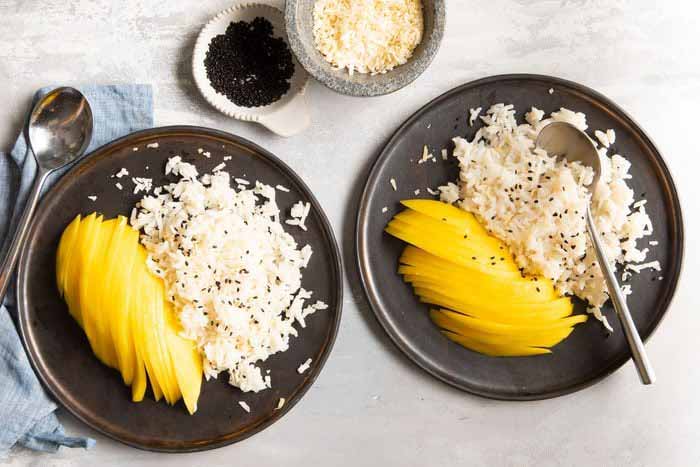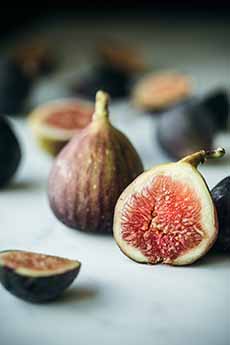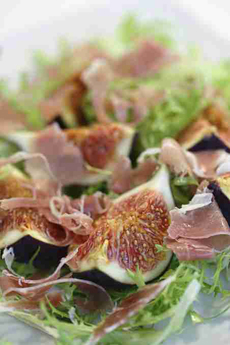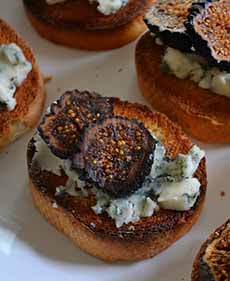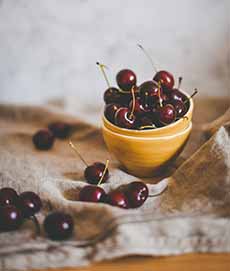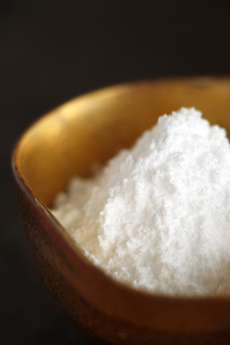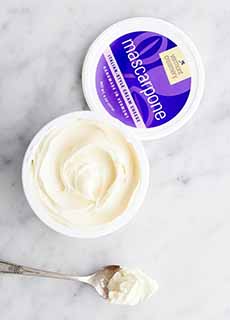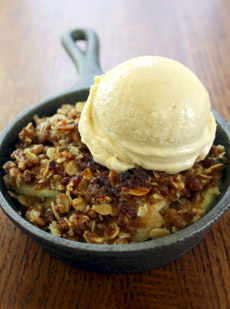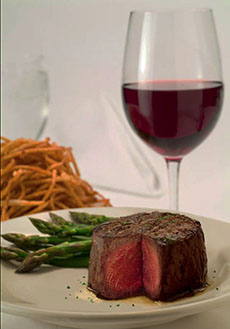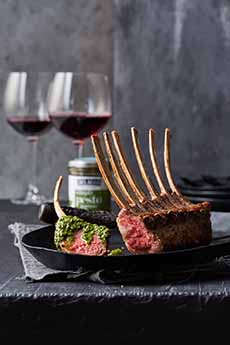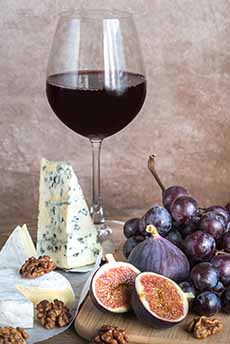|
September 2nd is World Coconut Day (June 26th is National Coconut Day), a holiday observed big-time in the Asian and Pacific countries, which are home to most of the world’s coconut-producing countries. National Coconut Day in the U.S. is June 26th.
World Coconut Day was established to increase public awareness of the health and commercial benefits of coconut, a fruit that has been on earth for millions of years, much to the benefit of humanity (we’ll talk further about that in a bit).
While some Americans might think that our coconuts come from Hawaii, the top three coconut producers, representing 75% of the world output, are Indonesia (17+ metric tons), the Philippines, and India (both around 15 metric tons).
Smaller quantities from 2.5 to .5 metric tons are produced in Sri Lanka, Brazil, Vietnam, Mexico, Papua New Guinea, Thailand, and Malaysia [source].
> The history of coconuts is below.
> So are our 10 favorite coconut recipes.
DO COCONUTS GROW ON PALM TREES?
Yes, but only on the coconut palm tree (Cocos nucifera), a member of the palm family (Arecaceae). The family includes a variety of plants: climbers, shrubs, tree-like and stemless plants. All are commonly known as palms.
Yet with all the Arecaceae members, the coconut palm is the only extant species of the genus Cocos, i.e., the only tree that bears coconuts.
Coconut palm trees grow up to 100 feet tall. Each tree can yield up to 75 fruits per year, though fewer than 30 are more typical.
The trees are intolerant of cold weather and prefer copious precipitation, as well as full sunlight; i.e., the tropics.
The term “coconut” (the archaic spelling was cocoanut) can refer to the whole coconut palm tree, the seed, or the fruit.
Yes, the coconut is botanically a fruit, not a nut. The “nut” portion of its name was given because of its similarity to hard-shell nuts.
The part of the coconut that we eat is the inner flesh (called coconut meat) of the mature seed of the coconut palm. Here’s another bit of botany: Coconuts are drupes.
Drupes (here’s more about them) include stone fruits (apricot, cherry, nectarine, peach, plum, etc.; and tropical fruits like coconut and mango. Nuts—almonds, hickory nuts, pecans, pistachios, and walnuts—are also drupes; as are peppercorns.
And there’s yet another group of drupes typically not eaten raw, which includes coffee and olives†.
The coconut is different from these drupes, A coconut is a fibrous one-seeded drupe, also known as a dry drupe.
Most palm trees, including date, sabal, coconut, and oil palms, are drupes.
Unlike other drupes, the coconut palm’s endosperm (the flesh inside the shell) contains a large quantity of clear liquid, called coconut water or coconut juice.
The name coconut comes from the old Portuguese word coco, meaning head or skull. Why?
There are three indentations on the coconut shell that were thought to resemble facial features.
THE “TREE OF LIFE”
The coconut palm is one of the most useful trees in the world. It provides food (flesh, coconut milk, and coconut water*, cooking oil), fuel, and building materials, and is used in cosmetics and homeopathic medicine, among many other uses (hence, the tree of life).
The hard shell is turned into charcoal or dissolved to make printer’s ink and pesticides.
Coconut fiber, called coir, is extracted from the outer husk of coconut and used in products such as floor mats, doormats, brushes, and mattresses.
Dried coconut flesh, called copra, is shredded for food, and the oil and milk pressed from it are commonly used in cooking (particularly frying).
Coconut oil is used in soaps and cosmetics.
Sap from the tree is made into drinks or fermented into palm wine or coconut vinegar.
The shells, fibrous husks, and long pinnate leaves are used as materials in a variety of furnishings, home decoration, and art.
The Tree of Life, indeed!
COCONUT HISTORY
No one knows exactly when the first coconut palm tree appeared, but the oldest coconut fossils found date to some 55 million years ago [source].
Coconuts were domesticated in prehistoric times by the Austronesian peoples, indigenous to Taiwan.
Coconuts likely were first cultivated on islands in Southeast Asia: the Philippines, Malaysia, Indonesia, and perhaps on the continent as well. In the Indian Ocean, the likely center of cultivation was the southern periphery of India, including Sri Lanka, the Maldives, and the Laccadives [source].
They subsequently expanded to Madagascar, Maritime Southeast Asia, and Oceania. Coconuts were spread during the Neolithic era (from 10,000 B.C.E. to 4,500 B.C.E.) via seaborne migrations of people…and the fruit, which can float, may well have made its way across oceans.
Coconuts played a crucial role in the long sea voyages of early people. They provided a portable source of food and water, as well as building materials for outrigger boats.
Coconuts were later spread along the coasts of the Indian and Atlantic Oceans by Arab, European, and South Asian sailors. Arab sailors carried coconuts from India to East Africa as long as 2,000 years ago [source].
Arab traders also introduced coconuts to Europeans, first along the trans-Asian Silk Roads. Among the traders was the Venetian adventurer Marco Polo, who encountered the tree in Egypt in the 13th century, calling its fruit “the Pharaoh’s nut” [ibid].
> Here’s more about how coconuts reached Europe.
Coconuts Reach The Americas
Coconuts were introduced by Europeans to the Americas during the colonial era of the Columbian Exchange, following the voyage to the Americas by Christopher Columbus in 1492.
However, to dig into the ancient past, there is evidence of a possible pre-Columbian introduction of coconuts to Panama by Austronesian sailors [source].
For the present, think of what coconut recipes you’d like to try, to celebrate World Coconut Day.
OUR 10 FAVORITE COCONUT FOODS & MORE COCONUT RECIPES
Coconut Cake (recipe)
Coconut Cream Pie (recipe)
Coconut Custard Pie (recipe)
Coconut Ice Cream (hack: soften vanilla ice cream and blend in shredded coconut, plain or toasted‡)
Coconut Macaroons (photo #7—recipe)
Coconut Chocolate Chip Cookies (recipe)
Coconut Batter Shrimp (photo #5—recipe)
Coconut Rice (photo #8—recipe)
German Chocolate Cake (photo #6—recipe)
Piña Colada (recipe)
|
|

[1] Looking up to the top of a coconut palm tree (photo © Gerson Repreza | Unsplash).

[2] Clusters of coconuts growing on a tree. When the coconuts are green, they contain more water than meat. These are cut down before they develop their hard, brown shell (photo © Tome 213 | RGB Stock).

[3] The mature coconut, with a hard brown shell, yields white coconut meat. The shells are turned into charcoal or dissolved into printer’s ink and pesticides (photo © Tijana Drndarski | Unsplash).

[4] Piña Colada, one of our favorite drinks. Here’s the original recipe (photo © Tommy Bahama).
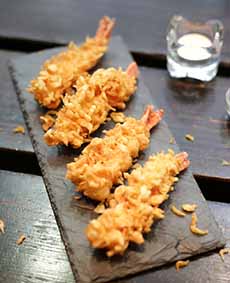
[5] Coconut fried shrimp, also called coconut battered shrimp. Here’s a recipe (photo © Dons Bogam | NYC).

[6] German chocolate cake uses coconut in the filling and frosting. Here’s a recipe (photo © Betty Crocker).

[7] Coconut macaroons. Here’s a recipe (photo © Djwtwo | CC-BY-NC-SA-2.0-License).
|







